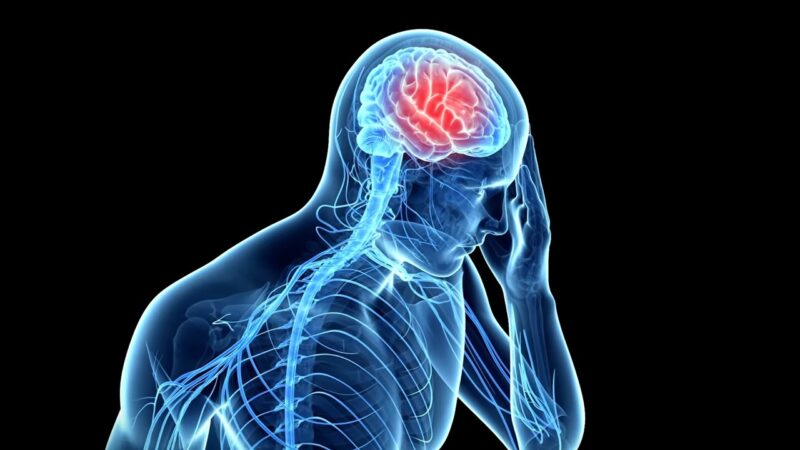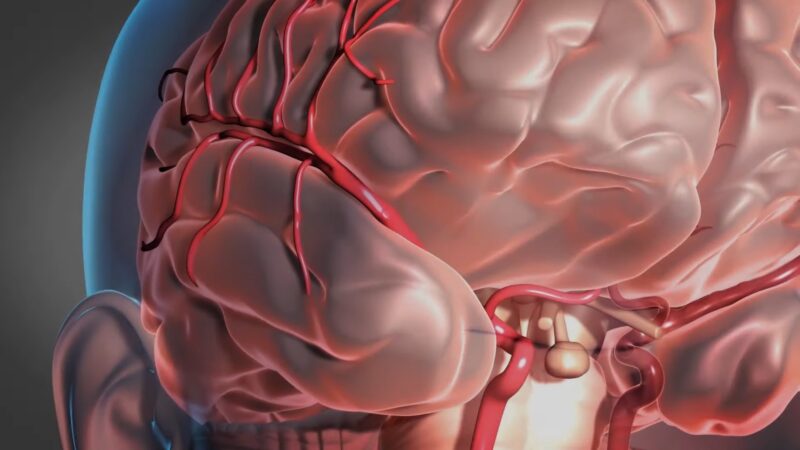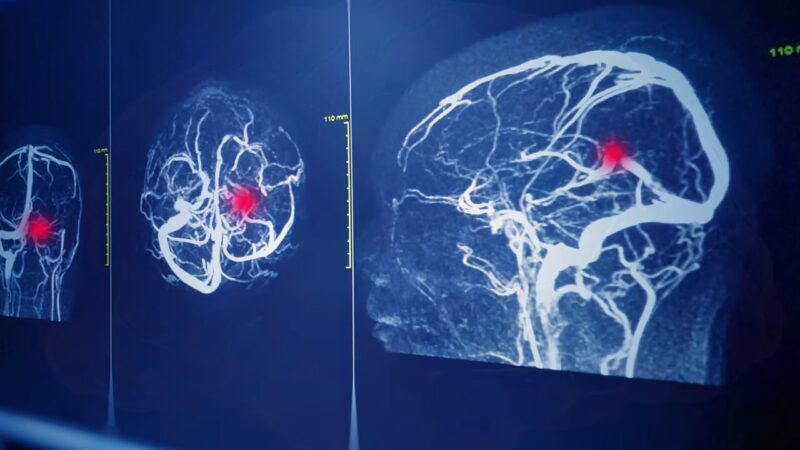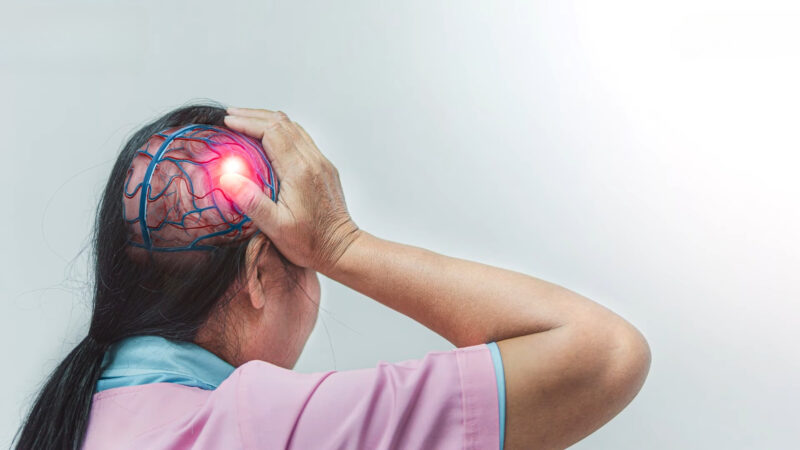It is crucial for your health to understand the difference between a stroke and a brain aneurysm. These two conditions, while related to the brain, have distinct characteristics and require different approaches to treatment.
In this article, we’ll break down the key dissimilarities between them in a straightforward manner, helping you grasp the basics of these potentially life-threatening conditions.
Key Differences
| Aspect | Stroke | Brain Aneurysm |
|---|---|---|
| Cause | Blockage or rupture of blood vessels | Weakness in the blood vessel wall |
| Symptoms | Visible symptoms – Paralysis or numbness of the face, arm, or leg | Often no symptoms unless ruptured |
| Risk Factors | High blood pressure, smoking | High blood pressure, smoking, inherited conditions |
| Treatment Approaches | Restoring blood flow (ischemic strokes) or controlling bleeding (hemorrhagic strokes) | Preventing rupture through medical or surgical means |
When Does a Stroke Happen?
https://www.youtube.com/watch?v=pcmrgwNCPwM&pp=ygUMYnJhaW4gc3Ryb2tl
A stroke occurs when the blood supply to part of the brain is interrupted or reduced, preventing brain tissue from getting oxygen and nutrients. This can lead to the death of brain cells within minutes. There are two main types of strokes:
- Ischemic Stroke: This type, accounting for 85% of strokes, happens due to blocked arteries. These blockages are often caused by blood clots or the buildup of fatty deposits known as plaques in the blood vessels. Ischemic strokes can also result from the narrowing of the arteries in the brain, a condition known as stenosis.
- Hemorrhagic Stroke: Caused by leaking or bursting of a blood vessel. This type of stroke occurs when a weakened blood vessel ruptures and bleeds into the surrounding brain. The blood accumulates and compresses the surrounding brain tissue. The two types of hemorrhagic strokes are intracerebral hemorrhage and subarachnoid hemorrhage.
Symptoms
1. Difficulty in speaking and understanding speech
This symptom, known as aphasia, can range from having trouble finding words to being completely unable to speak, read, or write. It’s often accompanied by confusion and difficulty in comprehending others’ speech.
In some cases, the person might speak in long sentences that make no sense or unrecognizable words.
2. Paralysis or numbness of the face, arm, or leg
Usually, this symptom affects only one side of the body. The sudden weakness or numbness can be so severe that it causes a noticeable droop on one side of the face or prevents the use of one arm or leg. This symptom often occurs without warning and is a clear sign of a stroke.
3. Problems with vision in one or both eyes
This can include sudden blurred vision, blackened vision, or double vision. Some people experience a complete loss of vision in one eye. These visual disturbances can be temporary or persist after the stroke.
4. Headache, possibly with altered consciousness or vomiting

This type of sudden, severe headache is often described as the worst headache of a person’s life. It may be accompanied by dizziness, vomiting, or altered consciousness, signaling a hemorrhagic stroke. In some cases, the headache may be followed by a loss of consciousness.
Causes and Risk Factors
https://www.youtube.com/watch?v=3oWspN_SvVM&pp=ygUTYnJhaW4gc3Ryb2tlIENhdXNlcw%3D%3D
- Lifestyle factors like obesity, inactivity, heavy alcohol use, and drug abuse – these factors can contribute to conditions like high blood pressure and atherosclerosis, which increase the risk of stroke. Regular physical activity and a balanced diet can significantly reduce this risk. Avoiding excessive alcohol consumption and drug abuse is also crucial in stroke prevention.
- Medical conditions such as high blood pressure, high cholesterol, diabetes, and sleep apnea: These conditions can damage blood vessels and increase the risk of clot formation. Managing these conditions with medication and lifestyle changes is essential for reducing stroke risk. Regular medical check-ups are important for early detection and management of these conditions.
- Age, race, gender, and family history also play a role: The risk of stroke increases with age, especially after the age of 55. Certain ethnic groups, such as African Americans, have a higher risk of stroke. Men are more likely to have strokes, but women are more likely to die from them. A family history of stroke can indicate a genetic predisposition to conditions that increase stroke risk.
Brain Aneurysm

A brain aneurysm is a bulge or ballooning in a blood vessel in the brain, often resembling a berry hanging on a stem. This condition can remain undetected for a long time and may not always present symptoms. However, its rupture can lead to a hemorrhagic stroke, a serious condition causing bleeding within the brain.
Aneurysms can vary in size and location in the brain, influencing their potential risk and impact. Regular monitoring and medical check-ups are essential for those diagnosed with an aneurysm to prevent catastrophic outcomes.
Symptoms

- Ruptured Aneurysm: The onset of a sudden, severe headache, often described as the worst headache ever experienced, is a primary symptom of a ruptured aneurysm. Accompanying symptoms include nausea, a stiff neck, blurred or double vision, seizures, and possible loss of consciousness, indicating immediate medical attention is required. These symptoms occur due to the sudden increase in pressure within the skull and bleeding in the brain.
- Unruptured Aneurysm: Symptoms of an unruptured aneurysm, such as pain above and behind one eye, a dilated pupil, changes in vision, or numbness on one side of the face, can often be subtle and mistaken for other less serious conditions. These symptoms occur when the aneurysm puts pressure on surrounding tissues and nerves in the brain. Regular check-ups and imaging tests are crucial for early detection and management of unruptured aneurysms.
Causes and Risk Factors
- Factors contributing to the development of brain aneurysms include older age, being female, smoking, high blood pressure, and certain inherited conditions like polycystic kidney disease or connective tissue disorders.
- Aneurysms often form at artery forks or branches, where vessel walls are weaker and more susceptible to bulging.
- Lifestyle choices such as excessive alcohol consumption and drug use, particularly cocaine, can also increase the risk of developing an aneurysm.
- Additionally, a family history of brain aneurysms can significantly raise an individual’s risk, making genetic factors and family medical history important considerations in risk assessment.
FAQs
Can lifestyle changes reduce the risk of both strokes and brain aneurysms?
Yes, lifestyle changes like maintaining a healthy diet, regular exercise, quitting smoking, and controlling blood pressure can reduce the risk of both conditions.
Are there any specific warning signs of an impending brain aneurysm rupture?
A sudden and extremely severe headache, often described as the worst headache ever experienced, can be a warning sign of a ruptured aneurysm.
Can a person have a brain aneurysm and not know it?
Yes, many brain aneurysms are asymptomatic and can go undetected until they are discovered during tests for other conditions or if they rupture.
Is it possible to fully recover from a stroke or a ruptured brain aneurysm?
Recovery depends on the severity and location of the stroke or aneurysm, the person’s overall health, and the speed of treatment. Some people may fully recover, while others may have lasting effects.
Are brain aneurysms hereditary?
Yes, there is a hereditary component to brain aneurysms, especially if there is a family history of the condition.
Can young people suffer from strokes or brain aneurysms?
While more common in older adults, both strokes and brain aneurysms can occur in young people, especially if there are underlying health conditions or genetic predispositions.
Summary
Recognizing the differences between a stroke and a brain aneurysm is vital for effective treatment and prevention. While they share some commonalities, their distinct causes, symptoms, and treatments underline the importance of accurate diagnosis and timely medical care.
